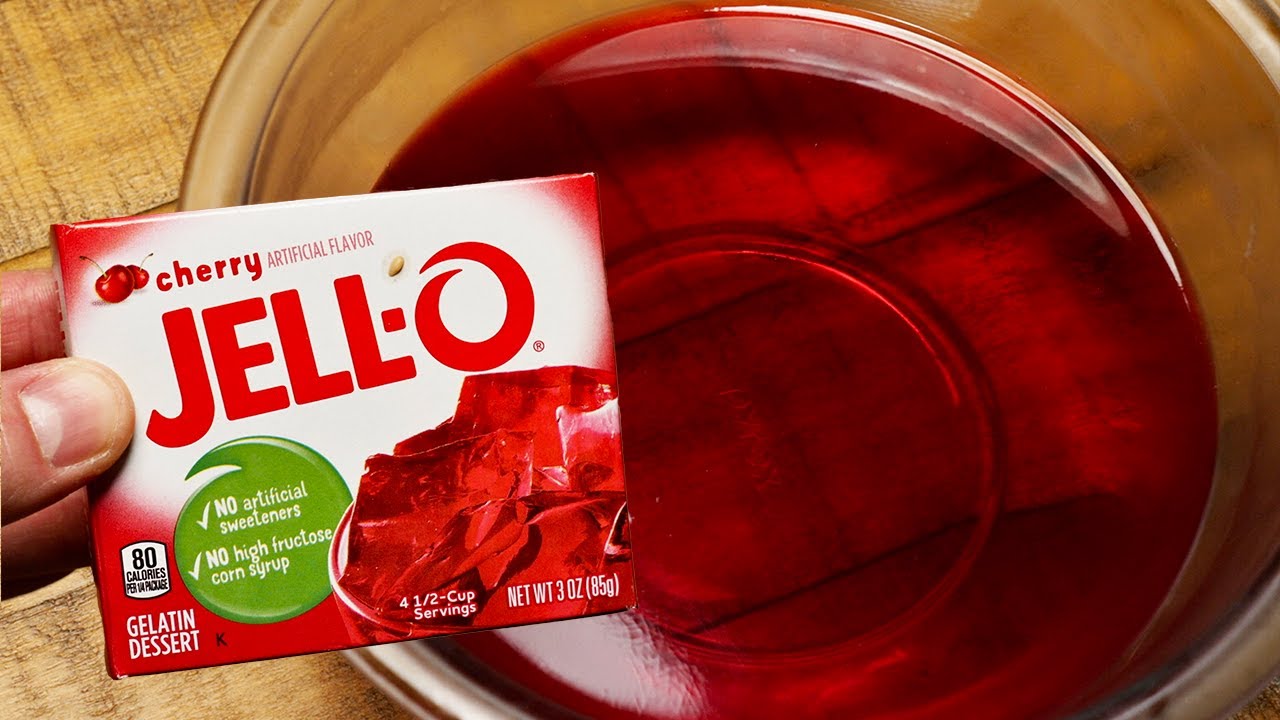When it comes to making jelly, there's nothing quite as disappointing as cutting into a supposedly set jelly only to find it still runny. For many of us, this has happened all too often.
How long does Jelly take to set?
The time it takes for jelly to set depends on a variety of factors including the type of gelatin used, the temperature, and added ingredients.
Type of Gelatin
Gelatin is the key ingredient in jelly that causes it to set. There are several types of gelatin that can be used including powdered, sheet, and instant. Regardless of the type, the ratio of gelatin to liquid is usually 1 tablespoon of gelatin to 2 cups of liquid.
Instant gelatin usually sets in about an hour, while powdered and sheet gelatin can take several hours to set depending on the temperature.
Temperature
The temperature at which you refrigerate your jelly mixture can also affect how long it takes to set. If the temperature is too warm, it can take longer to set. Ideally, your jelly mixture should be refrigerated at a temperature between 40°F and 45°F.
Added Ingredients
Adding fruit or other ingredients to your jelly can also impact how long it takes to set. Acidic ingredients, such as lemons, may slow down the setting process, while adding alcohol can speed it up.
Troubleshooting Jelly That Won't Set
If your jelly still hasn't set after the recommended amount of time, there are a few things you can do.
Refrigerate
The first thing to do is to refrigerate it for another hour or two. If it still hasn't set after that, try placing the jelly in the freezer for a short period, but make sure it doesn't freeze completely.
Check the Ratio
If the ratio of gelatin to liquid wasn't correct, this can affect the setting process. Make sure you follow the directions carefully and measure the ingredients accurately.
Check the Temperature
If the temperature of the jelly mixture was too warm when placed in the refrigerator, leave it in the fridge for a longer period or put it in the freezer for a shorter period. Make sure it doesn't freeze completely.
Use Different Gelatin
If none of these methods work, you might want to try using a different type of gelatin, such as instant.
Conclusion
To ensure your jelly sets properly, it's important to follow the instructions carefully, measure the ingredients accurately, and refrigerate at the right temperature. But even with careful planning, sometimes jelly won't set properly. If this happens, use the techniques mentioned above to troubleshoot the problem.

